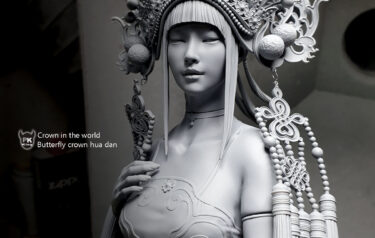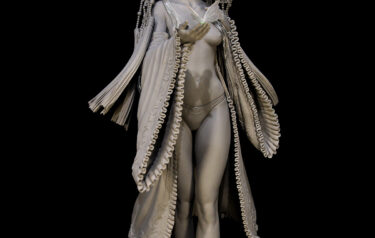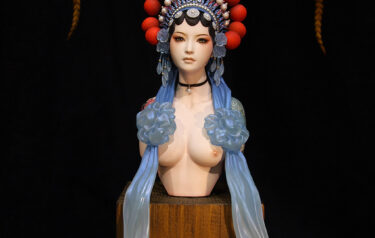All of us for once being in the search for the perfect skin tone always admiring those whose work make our jaws drop in wonder how the did they do it and wishing we know how to do it For you, today is your lucky day. As I have put together the 4 most used skin tones to end your search and frustration.
Our first runner-up is your first basic skin tone color from Tumiya. Some just use it out of the bottle, but it tempts to be a bit too tan. So some just soften the tone with white. It's OK, but still, for me this is a technique that I only use when I am printing male kits, not so much as female ones. Well, you may have wondered why my pink was dry. Yeah.. it's because it has been a long time since I actually opened it. So if you ever wondered what dry pink looked like. Well, there you go.
The second technique is just a premade skin tone from Mr. Hobby. But be careful when using them as they are lacquers. So check out my tools video for more notes on that. Anyways, Mr. Hobby character flesh number 111 and number 112. You will get a more pinkish look as you can see here on this mega spoiler from my Nick Sailor Cosmos video web. The way you can use them is that you need to use white as your base coat. Then you would need to preshape the pieces with the 112 and then use the 111 to soften the shapes. This is the technique that most Japanese hobbyists use and likely the easy way out. Don't you think?
The third technique is a bit more elaborate and it requires some trial and error to get it right. But after that it's as easy as pi. So, Take Notes!
Thank you, Dead Pool. Now there are several recipes for different tones. I have not tried all of them. but you might want to experiment with them a little, adding a bit more or a bit less of the color so that you can get the desired tone.
For warm pink, you'll need a hundred drops of while, 2 drops of yellow and one red. For cold pink, one hundred drops of white, 1 red and 1 black.
Yes, don't be afraid to use black. Trust me. For a salmon skin tone, you'll need 100 drops of white, 4 black, 8 yellow and 2 red. For beige, use 100 drops of white, 2 yellow, 8 black. For a tan skin, you can use 100 white, 12 black, 1 red, 2 yellow. Orange skin, you'll need a hundred white drops, 2 red, 16 yellow and 16 black. I actually painted Poison with a warm pink tone. You can see the result for yourself. I also use tan skin recipe for Arshes Nei.
If you want something like this. You can play a little with the following recipes. 6 millimeters of white, 15 drops of red, 5 drops of black, and 15 yellow. For a bit more pinkish look, try using 2 millimeters of white, 8 drops of red, one black and 6 yellow.
I did use the first one, but added more black and red to the recipe you got in this tone. And to finish it off, I added a clear coat of red. The last recipe is actually for more advanced hobbyists. But you can give it a try, taking into consideration that practice does make perfect. This is called the clear skin tone method. This recipe is provided by Azusa Senou from South Korea. And here is what you'll need. 10 millimeters of clear gloss paint, 5-7 drops of clear orange, 1-2 drops of fluorescent pink. Then you'll need to make separately 10 ml of clear gloss, and 7-10 drops of clear red. This is the shade of the skin after you apply the clear orange mix. The results are breath taking. This one and a half scale sword silver girl was painted with this technique. And it gives a completely different view compared to the other techniques.
To apply this method, it must be done in layers. Don't try and do it all at once. We need to build it up until the desired tone. Then just add a clear red to shape in your own set. Also a great tip for shading comes from the land of Down Under. Thanks to David, aka Senyac. He had been more generous to let me share this shading guide and pass the knowledge. Of course this is too much to remember from the video. So these diagrams can be downloaded from my website. You can check the link on the bottom of this video where the information is located. Like I said, this does take a lot of practice to get it right. but it's worth it. I use it on one of my kits to try it the first time. I would satisfy, but only dumb part is that unless you use lacquer paints, you'll end up with a shiny finish after adding a matte varnish. So there you have the most used techniques out there and all that's left is for you is to decide which one to apply. Until next time, Resineers.
You were recording that, weren't you? Player. No, huh huh huh.. What do you mean you were recording that?
-------------------------------------






0 Responses